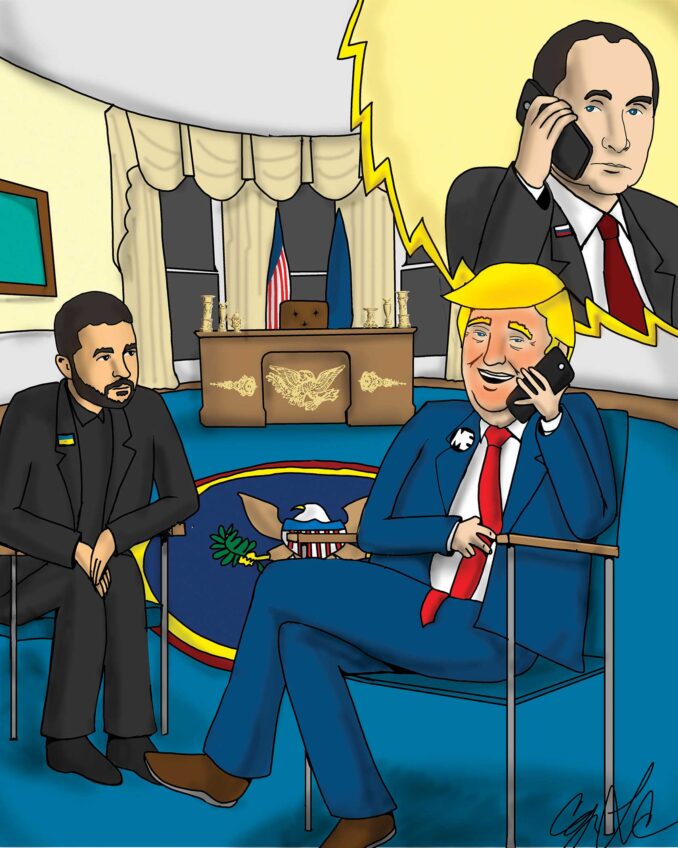
Sophisticated people from around the world were shocked by the specter of the Cathedral of Notre Dame engulfed in flames. For centuries the cathedral has stood along Paris’ Seine River as one of the guardians of the achievements of Western civilization. Although it was on French territory, it has always been significant to all of European culture.
As might be expected in such a situation, the president of France Emmauel Macron proclaimed a national obligation to rebuild the 850-year-old cathedral within five years. This call to action elicited immediate generous contributions from France’s wealthiest citizens. Francois-Henri Pinault, the second richest Frenchman offered 100 million euros, to be followed by Bernard Arnault, from the wealthiest family, who doubled the size of his contribution to 200 million euros.
The availability of such large sums in the hands of a few aroused the protests of the working-class French who are identified by their yellow jackets. The income and wealth disparities prevailing in the U.S. are now also global problems. Historically, the cost of great endowments such as ornate cathedrals could be afforded only by royalty and wealthy nobles.
As the reconstruction of Notre Dame proceeds, African Americans will probably become less concerned. Their connection to a European problem appears to be quite remote. Few are aware of the involvement of Africans in the early Catholic Church. In fact there were three black popes in the early years of the church. They are St. Victor I (189-199 AD), St. Miltiades (311-314 AD) and St. Gelasius I (492-496 AD).
In addition there are three prominent black saints: St Benedict the Moor, St. Augustine and St. Cyprian. It is also important to note that every African who left the continent was not coming as a slave to America. In France, a prominent nobleman in the court of Versailles was Chevalier de St. Georges. The son of a rich marquis, he associated with European royalty in the late 18th century.
During that same period Alexandre Dumas became prominent as the commander of Napoleon’s cavalry. General Dumas’ progeny became a writer whose skills are even recognized today. During this same period Aleksandr Sergeyevich Pushkin (1799-1837) became essentially the father of the Russian language. Prior to his efforts Russian nobility spoke in French. The Russian language was considered an unstructured form of speech, suitable only for the peasant class.
There were also prominent blacks in England. The famous musician George A.P. Bridgetower (1789-1860) was a friend of King George IV and an associate of Beethoven. He was followed by Samuel Coleridge-Taylor (1875-1912), another prominent English musician. The heralded English poet and dramatist of that period, Robert Browning (1812-1889) was reputed to be racially mixed, but this assertion has been disputed because of the prevailing but unproven assertion by many of African ancestry inferiority.
Whether or not they care to acknowledge it, African Americans are inevitably part of world history. The role foisted upon blacks has not always been desirable, but African descendants are everywhere. And their position in Europe has not been only subservient.
Notre Dame Cathedral seemed huge enough to embrace all of humanity. It has stood as a bulwark of Western civilization. People of good will all over the world pray for its resurrection from the fire.






